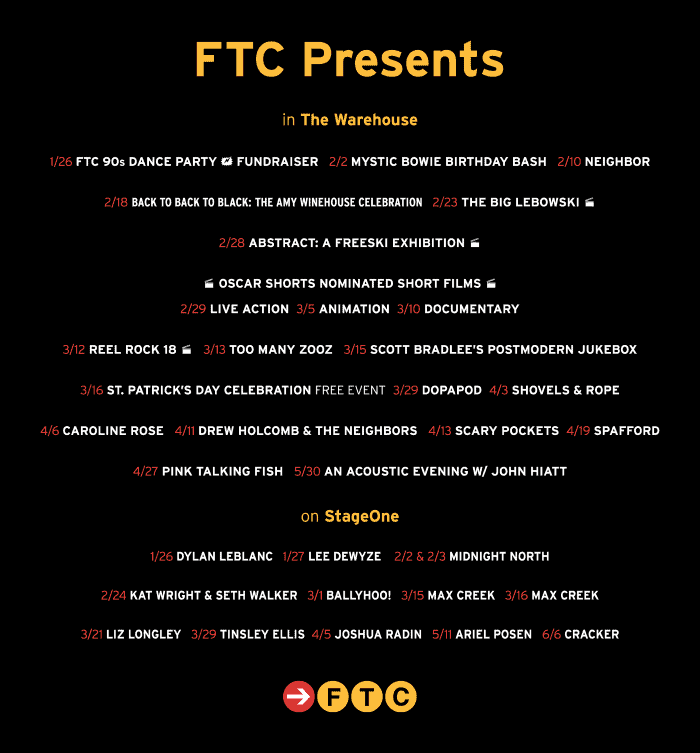With the effects of an opioid epidemic sweeping across the country, local communities are working to equip residents with the tools they need to help combat the scourge of addiction: Narcan for saving lives, drug counseling for rehabilitation, and most importantly, education toward prevention.
On Tuesday night in Mamaroneck High School’s PACE auditorium, where a local drug coalition hosted their first-ever community event on drug prevention and intervention, knowledge was the name of the game.

And for Mamaroneck, which, in the village, saw five overdoses in less than two months last summer—two of which were confirmed fatal—that knowledge could be vitally important.
Starting with Westchester parents Susan and Steven Salamone, who run Drug Crisis in our Backyard, a nonprofit to help prevent drug abuse, the night’s talk opened on a personal note.
“Our mission is to bring awareness to the rampant use of heroin and opiates in our community,” explained Susan Salamone to the modest-sized audience. “We decided to come out and speak to parents and community members about what we were able to see in retrospect that we did not see when my son was growing up.”
The Salamones would go on to discuss the life and eventual death of their first-born son Justin, who fell victim to a fatal overdose 5years ago at 29 years old. What started as an addiction to prescription opioids, Justin would go on to eventually become a heroin addict; the drug that would kill him.
From early childhood, where the Salamones detailed warning signs that their son may have suffered from anxiety and developmental problems, to Justin’s foray into drug use and how both of them reacted, the couple attempted to guide audience members through their follies as parents and offer advice on how they might avoid them with their own children.
In addition to urging parents—even those that might be separated—to unify to treat a child who may be suffering from drug addiction, and describing the effects that an addiction has on everyone involved, Steven Salamone left the audience with one last piece of advice.
“My wife would always say to me, ‘There’s something wrong,’” he said. “And she was always right. I’m not just saying that because she’s my wife.”
Following the Salamones’ story, attendees got a more empirical approach to the issue of drug addiction from former director of the National Drug Research Institute, Michael Nerney.
“The government is not going to save you from this. We’re not going to arrest our way out of it.”
-Michael Nerney, on powerful prescription drugs in the marketplace
Vacillating from discussions of how powerful prescription drugs like opioids affect one’s brain chemistry, to what new drugs are being introduced to teens in today’s market, Nerney gave the audience a nuanced perspective on what the scope of today’s opioid problem is.
“The government is not going to save you from this,” he said at one point, breaking from a discussion over the FDA’s approval of a powerful painkiller, despite the overwhelming rejection by a panel of doctors. “We’re not going to arrest our way out of it. It’s our job to know what’s going on with our kids’ lives.”
While the science of addiction dominated much of Nerney’s talk, at the core of successfully preventing teens from slipping into drug abuse, Nerney returned to one common theme; dialogue.
In the midst of an explanation of how addicts might compensate for other anxieties in their lives—changing their brain chemistry in the process—Nerney said, “Our job is to not let that change get started in their brains. The best way we can do that is by helping them with their emotions… looking at why they’re struggling and when they’re struggling just say, ‘I’m right here.’”



